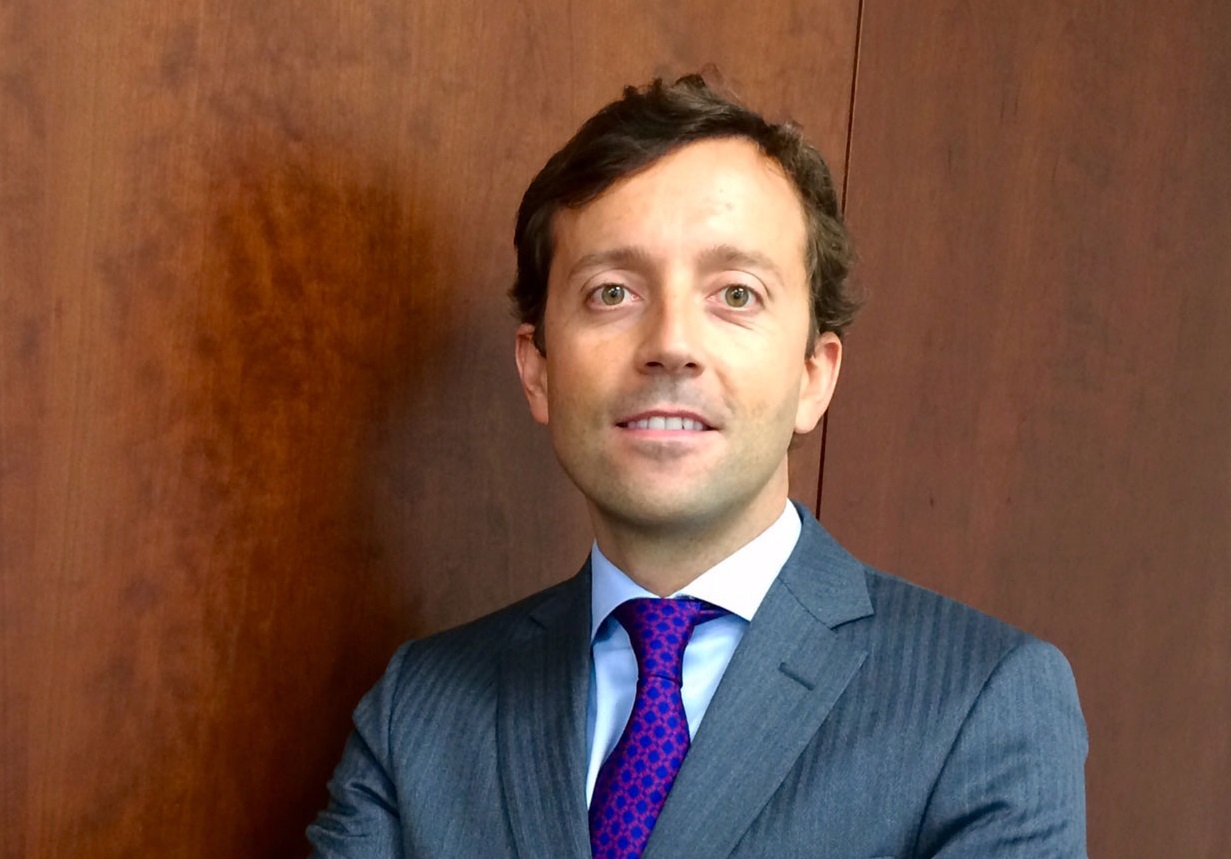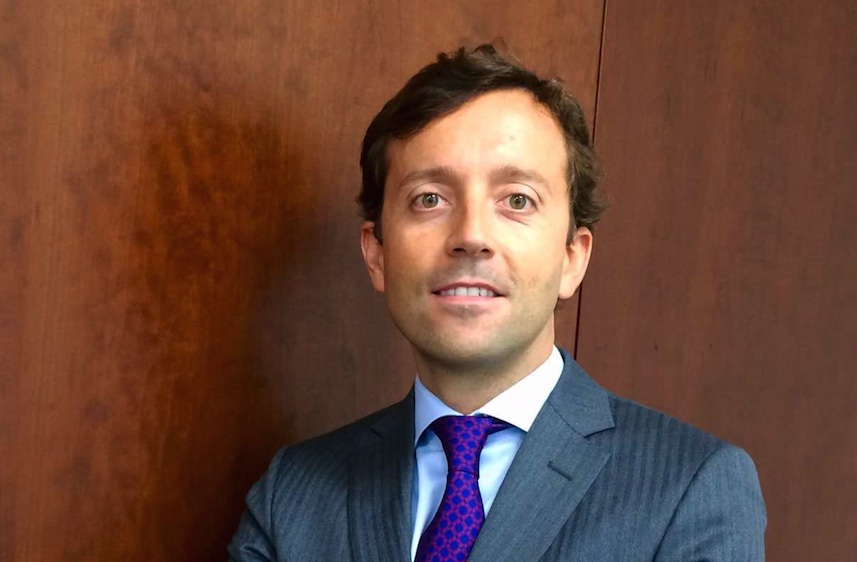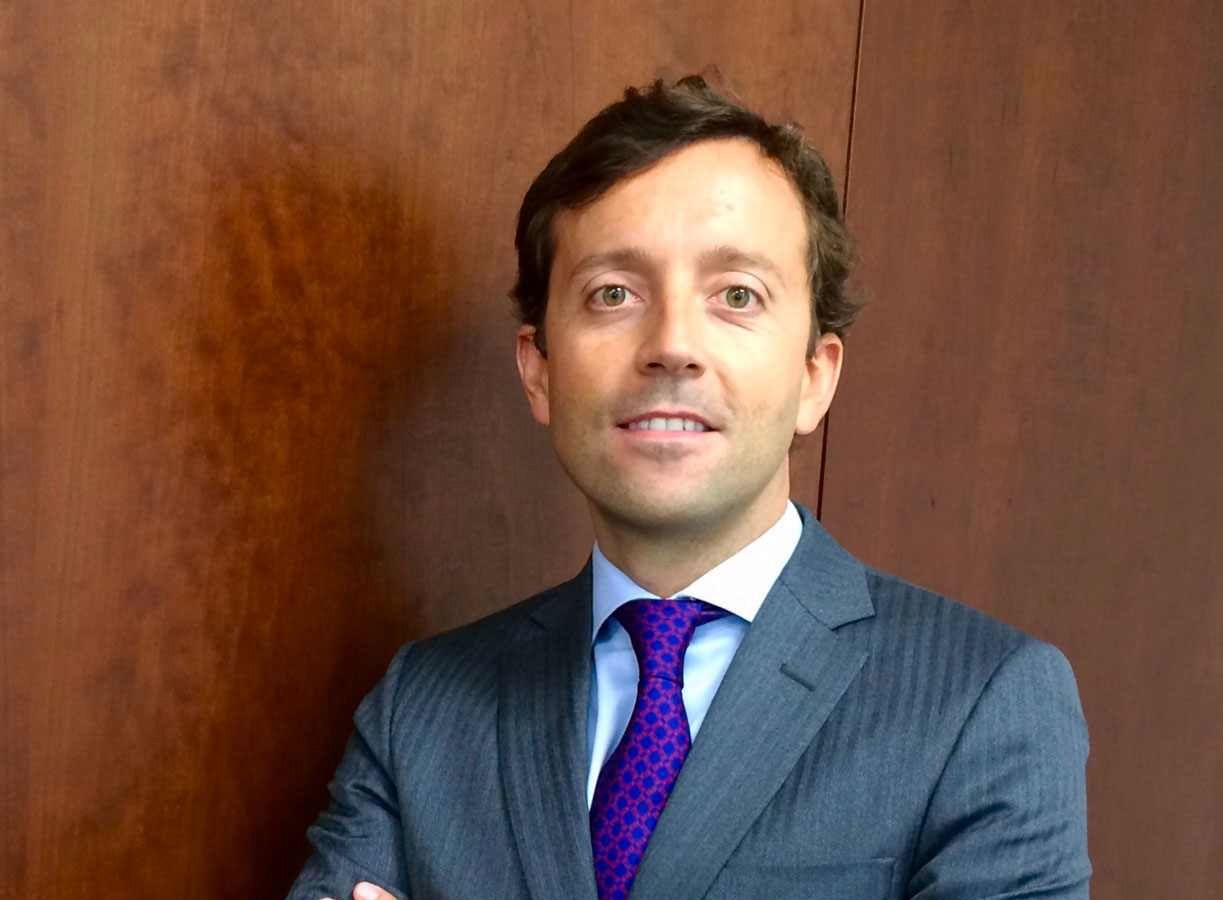The use of ETFs has evolved a lot in recent years, not only because of the number of products, but also because of the different uses already given to those products by investors. An example of this is the tactical movement of investors following Donald Trump’s victory in the November presidential election in the United States. “Following Trump’s speech, the market began to accept that there could be opportunities in equities, and began to produce sales in the long stretches of the yield curve. One way for the long-term investor to adjust his losses was by selling long-term bonds and buying ETFs with durations of 1.5”, explains Aitor Jauregui, Head of Business Development for Spain, Portugal, and Andorra at BlackRock, in an exclusive interview with Funds Society.
At BlackRock, they are convinced that this greater diversity and extension in its use is key for its growth in Europe, despite the six-year gap in the sector with respect to its US counterpart; and points out such positive aspects as its contribution to liquidity: “At a time when, as a consequence of financial regulation, it’s not as simple for market makers to provide liquidity to the fixed income market, the ETF goes on to play a role which it did not have before,” he explains.
Another growth driver for the ETF industry will be MiFID II, in view of “the clear trend to package investment solutions and offer clients model portfolios where management fees are kept low.”
Their good behavior in times of stress is another argument in favor of their future development. “The investor resorts to them in times of market stress because of their excellent behavior. For example, following the referendum in the United Kingdom, ETF trading reached $ 5 billion and after Trump’s victory it reached $ 3.15 billion. This far exceeds what is traded daily.”
Their growth, however, may seem excessive. But for Jauregui it is not, since “of the 3.4 trillion dollars in these investment vehicles, only 600 billion are in fixed income, 0.6% of total debt issued in capital markets. When it comes to high-yield, only 3% of the bonds asset class is traded through ETF.” That is, there is still great potential for growth ahead.
Growing competition
Within the framework of this growth, and in a context in which increasingly more fund management companies offer exchange-traded funds, at BlackRock they take competition in the universe of indexed funds and ETFs in their stride, although they are quiet clear as to its added value. “It is understandable that there is competition, it’s good and it’s healthy. However, this is a business where scale is important, having efficient and liquid vehicles is usually closely related to the assets of the funds; having many small ETFs is not always the best solution for the investor,” says Jauregui.
Five megatrends to capture future growth
And in this environment of increasing competition, BlackRock continues to focus on innovation, with the aim of delivering value to its clients. An example of this are their thematic investment ETFs, which invest in megatrends. Megatrends in the investment world are transforming forces that have the power to change the global economy and business, and to influence investment decisions. In its latest report, BlackRock identifies five key megatrends that relate to four investment themes: aging demographics, healthcare innovation, digitalization and automation, and robotics. That is why, since last September, there are four ETFs in the market that, in collaboration with iSTOXX and FactSet, seek to capture growth in these megatrends.
“We believe that it fits in well in client portfolios and demand has been growing on the part of SICAVS managers and thematic fund managers,” explains Jauregui.
The iShares Ageing Population UCITS ETF (Aged) focuses on the aging of the population, and invests in companies that offer from health services for the elderly to cruises. As Jauregui points out, “by 2030 more than 13% of the population will be over 65, and there are sectors and companies that will benefit from it.”
Meanwhile, the index replicating the iShares Healthcare Innovation UCITS ETF (Heal) fund has exposure to very specific segments within the industry such as healthcare treatments, patient care, or diagnostic tools.
In terms of digitalization, the iShares Automation & Robotics UCITS ETF (Rbot) focuses on companies of both cybersecurity and financial technology or payment processing. “Investment in financial technology has gone from $ 1.8 billion in 2010 to $ 19 billion in 2015 and this is going to continue to grow,” says the expert.
Finally, the iShares Digitalisation UCITS ETF (Dgtl), which has attracted the most investment flows since its launch, invests in innovative companies in production robotics under the premise that “up to 45% of global labor activity can be automated.”
The four ETFs are physically replicated, that is, they acquire the securities of the underlying index and, to avoid concentration of risk, each index consists of a minimum of 80 components. For Jauregui this type of investment is clearly “strategic because we are talking about trends that are going to have greater relevance starting from 2020 or 2030. They are easy to understand products that allow the fund manager to engage in a different, and forward-looking narrative with the client.”
Passive… and active management, in megatrends
A strategy that BlackRock does not want to approach from passive management alone, but which can also extend to active management. “What has started from passive management will most likely develop into the active management business, it’s not exclusive, although investing in these megatrends through ETFs is very efficient for the investor,” the expert points out.



 For Alicia Miguel Serrano
For Alicia Miguel Serrano